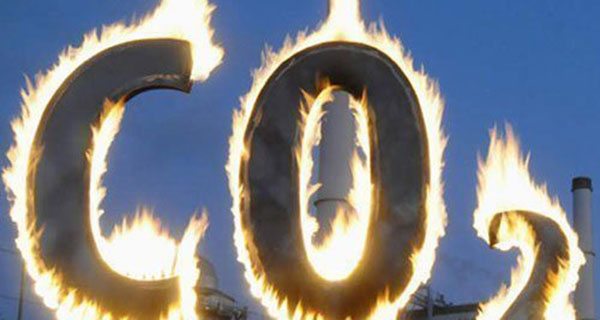Alberta’s oil and gas extraction industry emitted the equivalent of 118 megatonnes of carbon dioxide, up 28.7 per cent from 2009 to 2016. That contributed significantly to Alberta producing the most greenhouse gas (GHG) emissions in Canada, according to a new study released on Wednesday by Statistics Canada.
The federal agency said GHG emissions in the province overall rose by 14.1 per cent in those years.
Nationally, GHG emissions increased by 4.2 per cent between 2009 and 2016. The mining, quarrying, and oil and gas extraction sector has seen a hike of 20.5 per cent.
“Household emissions per capita represent the average amount of GHG emissions directly generated by one person for final consumption activities that occur within the household sector. Examples of final consumption include the emissions from motor gasoline required by households to drive their car, and from natural gas to heat their homes. A region’s available fuel mix, climate, average household size and household incomes are among some of the factors that influence per capita emissions,” said StatsCan.
“British Columbia (3.2 tonnes) produced the lowest per capita household GHG emissions among the provinces in 2016. Manitoba (3.4 tonnes), Ontario (3.7 tonnes) and Quebec (3.8 tonnes) were also all below the national per capita level (3.9 tonnes).”
In terms of household GHG emissions, Canada saw a 2.7 hike from 2009 to 2016 while Alberta experienced a 4.1 per cent decline.
Per capita household GHG emissions were highest in the Atlantic provinces of Prince Edward Island (6.6 tonnes), Newfoundland and Labrador (5.8 tonnes) and Nova Scotia (5.6 tonnes).
Taken together, the territories had the lowest per capita household GHG emissions (2.8 tonnes) in all of Canada in 2016.
– Mario Toneguzzi for Calgary’s Business
The views, opinions and positions expressed by columnists and contributors are the author’s alone. They do not inherently or expressly reflect the views, opinions and/or positions of our publication.


